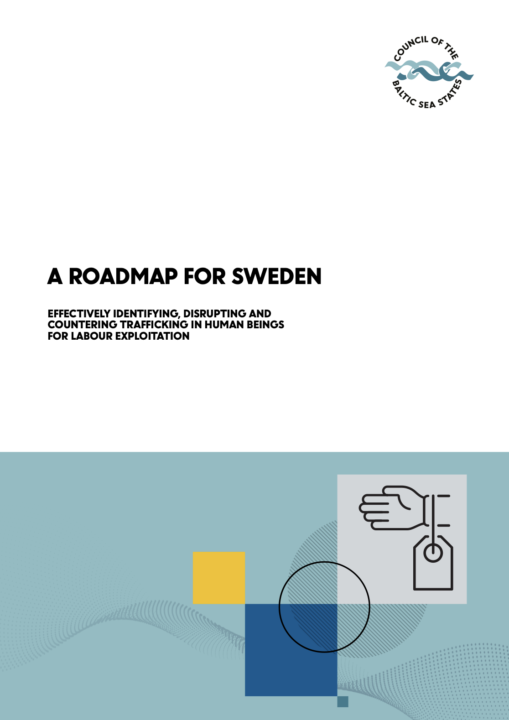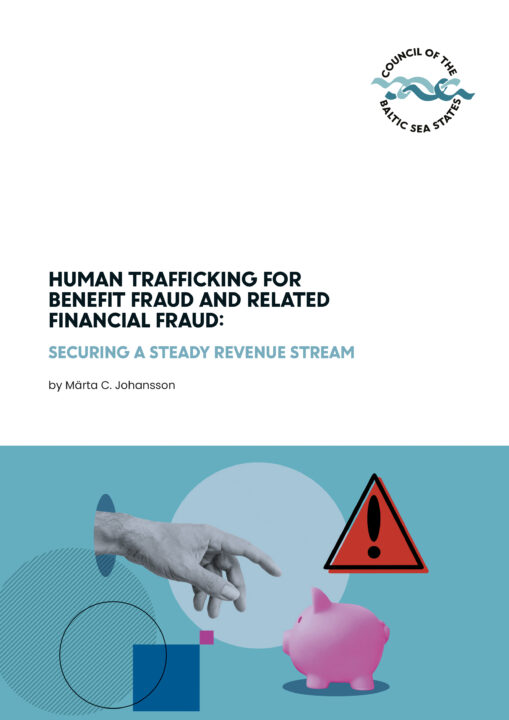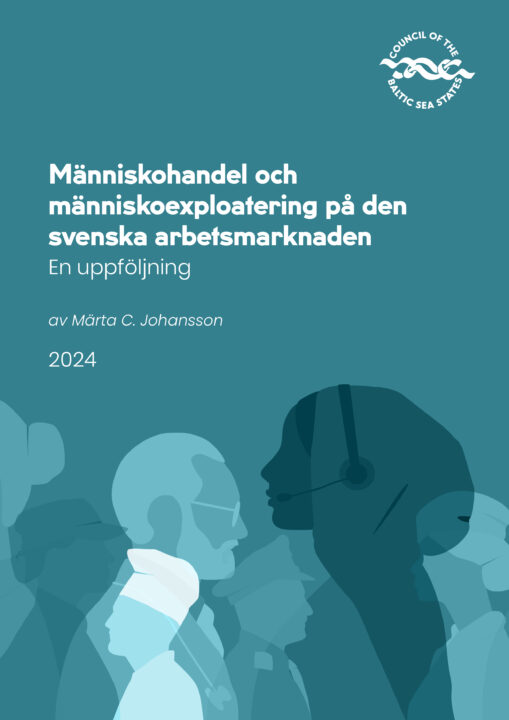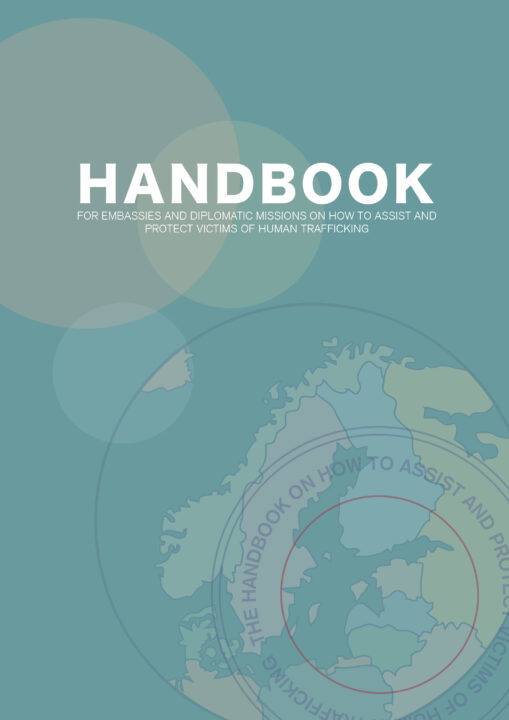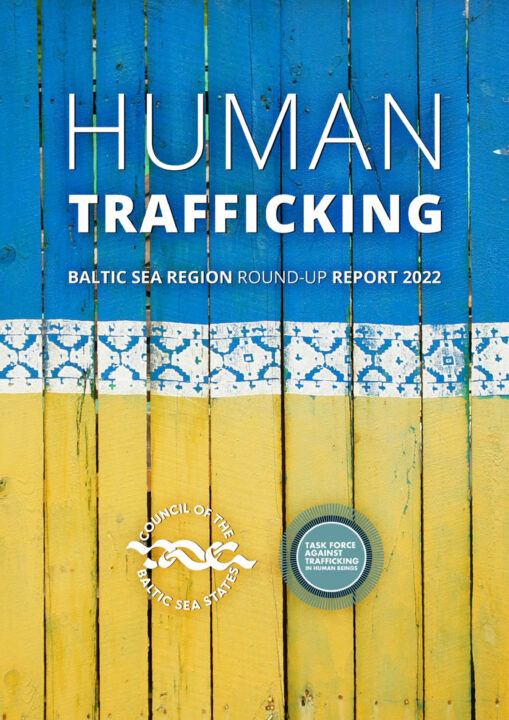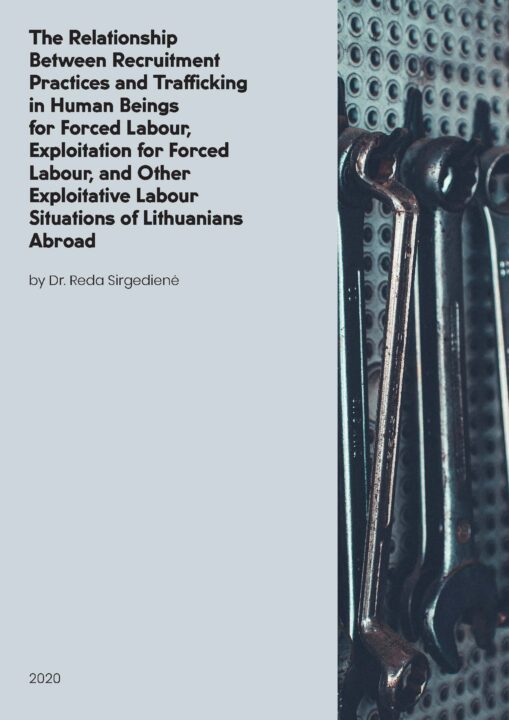Anti-trafficking
As a transnational phenomenon, trafficking in human beings concerns all the CBSS Member States and it is identified throughout the region.
Overview
The most identified forms of trafficking in the region are sexual and labour exploitation. Other forms of human trafficking, such as forced or sham marriages, forced criminality, forced begging and different forms of trafficking of children have also been detected in varying degrees.
Being regarded in general as a region of economic growth and stability, the Baltic Sea Region is a destination and transit area for several victims of human trafficking. The demand for cheap labour and sexual services makes the region lucrative for traffickers who to a varying degree work as part of organised criminal networks or as individuals taking advantage of the vulnerabilities of the victims.
The region is a destination for many refugees and displaced persons, who might be exploited during their transit or in their country of destination. The Syrian refugee crisis in 2015 and the humanitarian crisis in Ukraine emerging as a result of Russian aggression have highlighted the need for a regional response to prevent human trafficking, protect and assist the victims and prosecute the perpetrators.
However, trafficking in human beings does not only concern persons outside the region. Citizens of the CBSS Member States have been exploited both within the region and outside it, mainly in Western European countries. Identifying human trafficking occurring within the borders of the Member States and that exploits nationals, can be difficult as human trafficking is often observed from a migration perspective.
Prevention of trafficking in human beings has been identified as one of the objectives of the CBSS. It falls under the CBSS long-term priority “Safe and Secure Region” and is incorporated in the Policy Area “Secure” of the EU Strategy for the Baltic Sea Region. The anti-trafficking efforts of the CBSS are led by the Task Force against Trafficking in Human Beings (TF-THB).
The role of the CBSS
Since its establishment within the CBSS in 2006, the Task Force has been leading the regional anti-trafficking work by:
- Maintaining an active expert group of the CBSS Member State representatives that works as a cooperation forum, information exchange platform as well as political discussion forum
- Creating and leading projects and initiatives in the region to support national anti-trafficking efforts, increase the awareness of stakeholders, facilitate the regional exchange of information and develop regional responses to the phenomenon, such as the Baltic Sea Region Transnational Referral Mechanism (BSR-TRM)
- Reacting and coordinating responses in the region to major regional and international events, such as the humanitarian crisis in Ukraine
- Participating in international cooperation and networks, including The United Nations Inter-Agency Coordination Group against Trafficking in Persons
- Producing empirical research, articles, and papers on human trafficking in the Baltic Sea Region and beyond.
The CBSS also supports anti-trafficking efforts in the region through CBSS Project Support Facility funding.
Mandates
- Council of the Baltic Sea States Task Force against Trafficking in Human Beings Strategic Plan 2020-2025
- Terms of Reference of the CBSS Task Force against Trafficking in Human Beings
- Joint Statement of commitment to work against human trafficking for labour exploitation in the Baltic Sea Region
- Vilnius II declaration: […] The Region experiences significant progress in regional cooperation in civil protection, especially the prevention, preparedness and response against emergencies, including oil pollution, forest fires and in maritime search and rescue. Similarly, the Region has achieved significant progress in the protection of children at risk, and in fighting organized crime, including all forms of trafficking, especially in human beings. […]
- CBSS Action Plan 2021-2025
Ongoing Projects
CAPE II (2021-2023)
The CAPE II project aims to inform potential labour migrants arriving in Sweden, or planning to arrive, about the risks of THB for forced labour and labour exploitation. The overarching aim is to raise awareness, primarily among labour migrants, and secondly among the public on issues of THB taking place in the Swedish labour market.
PROMISE-TRM (2022-2024)
The PROMISE-TRM project addresses the specific needs of child victims of trafficking and exploitation, including where facilitated by online technology, by significantly strengthening the opportunities and means for coordination between (i) authorities and actors specifically involved in responding to trafficking cases and (ii) authorities and actors involved in responding to violence against children and ensuring =child centred justice processes more generally. The project contributes to the development of the BRS-TRM.
Handbook for Embassies and Diplomatic Missions on how to Assist and Protect Victims of Human Trafficking (2022)
In 2011, the Task Force published the Handbook for Diplomats and Personnel at the Consular and Migration Sections at Embassies and Diplomatic Missions on How to Assist And Protect Victims Of Human Trafficking. The Handbook, which has been one of the most used publications of TF-THB, is under revision to adapt the contents to the chances in the understanding of trafficking in human beings in the past years. The revised handbook will be published in 2022.
Evaluation of the BSR-TRM (2022)
The Baltic Sea Region Transnational Referral Mechanism was developed during the TF-THB project HOF-BSR (Paving the Way for the Harmonised Operational Framework in the Baltic Sea Region) project in 2018. The aim of the BSR-TRM is the effective and safe transnational assistance and referral of victims of trafficking to a range of services to the Baltic Sea States and Ukraine, Bulgaria and Romania. The mechanism is currently under evaluation to gather information on its use and to support its further development.
PSF Projects
CAPE (2019-2022)
The project addresses human trafficking (THB) for labour exploitation in all CBSS Member States. The main objective of the project is to support stakeholders in combating and disrupting human trafficking for labour exploitation by analysing and consolidating information, improving assistance to victims and stepping up the prosecution of traffickers.
They have a name (2022-2023)
Lead Partner: Active Youth (Aktyvus Jaunimas) Association, Lithuania: The overall aim of the project is to strengthen the capacity of NGO professionals to assist and identify trafficking in human beings and to improve the cooperation of NGOs in Estonia, Latvia and Lithuania through national studies on the forms of THB and provision of mental support for victims (published as an e-booklet), training event and study visits and an online exhibition focused on victims of trafficking.
Facts & Figures
- Released several publications, including Baltic Sea round-up reports, studies on labour trafficking, guidelines for municipalities, mass media and diplomatic staff.
- Increased the awareness of more than 1000 consular officials, more than 700 journalists and media students, 500 local actors and other experts through trainings.
- Established the Transnational Referral Mechanism (TRM) of the Baltic Sea Region, Bulgaria, Romania and Ukraine.
Latest News
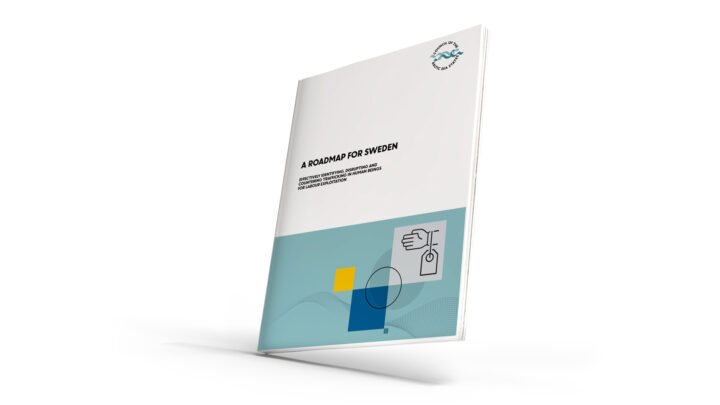
New Roadmap Offers Guidance on Combatting Labour Exploitation in Sweden
The Council of the Baltic Sea States (CBSS) and the Swedish Gender Equality Agency (Jämställdhetsmyndigheten) have published a new roadmap aimed at strengthening Sweden’s response to…

CBSS Receives Swedish Funding to Strengthen Efforts Against Human Trafficking
On 31 March 2025, the Council of the Baltic Sea States (CBSS) was granted SEK 2 million by the Swedish Government Offices to support activities…
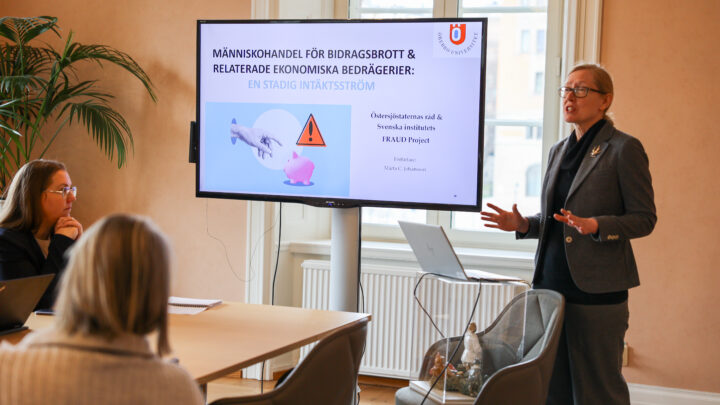
Hidden Links Between Human Trafficking and Benefit Fraud: Key Findings from the FRAUD Report
Human trafficking and benefit fraud are increasingly interconnected issues in the Baltic Sea Region, where traffickers manipulate the personal data of vulnerable individuals to exploit…

Estonian MFA to Receive CBSS Training on Human Trafficking Prevention and Victim Support
On 27 November 2024, the CBSS Task Force against Trafficking in Human Beings (TF-THB) will conduct an online training session for the Estonian Ministry of Foreign Affairs…

